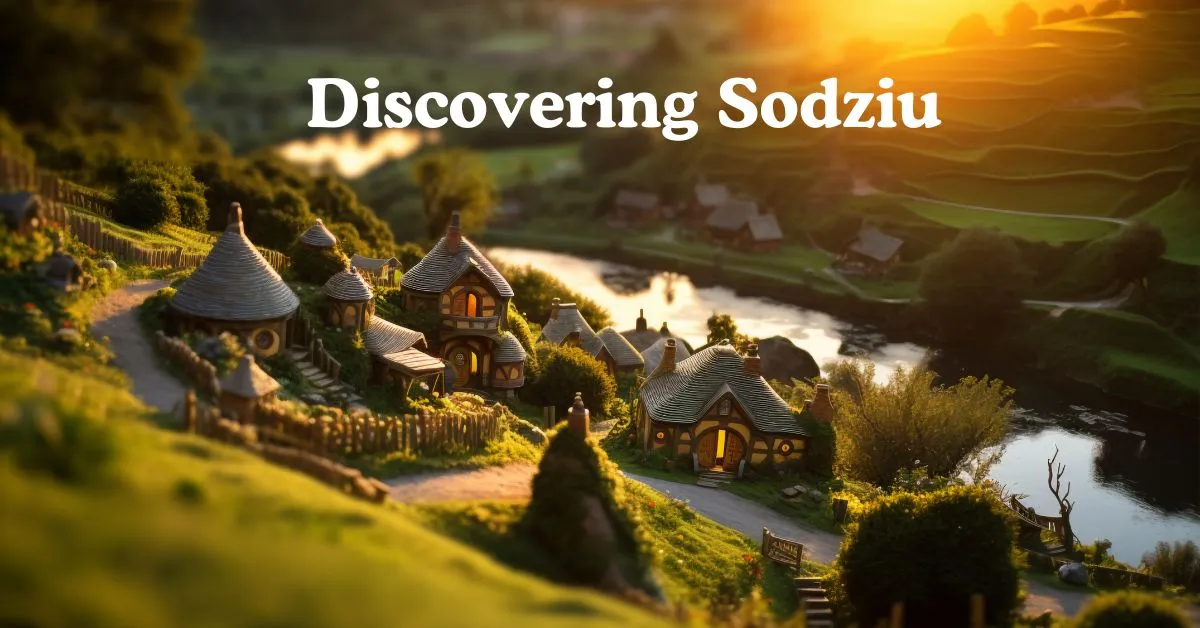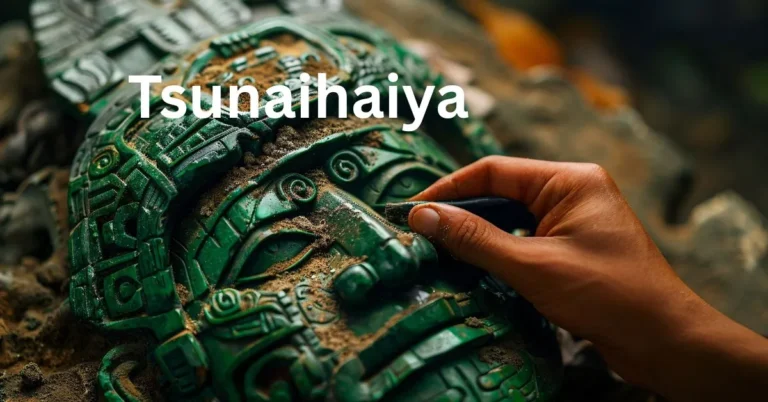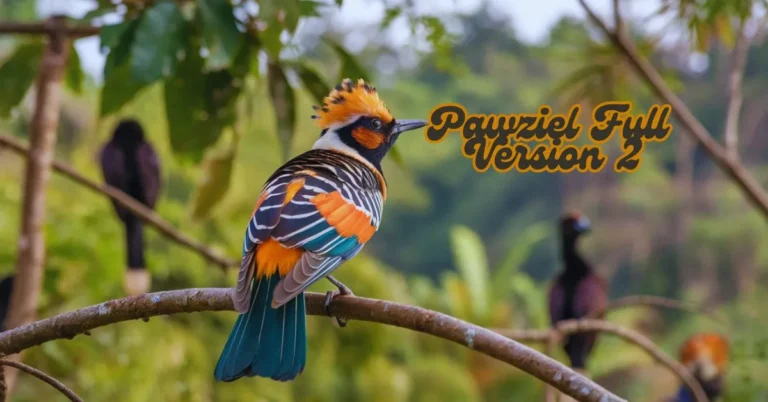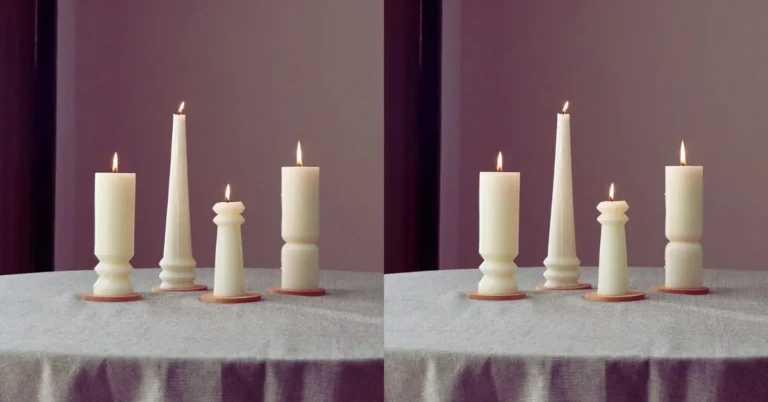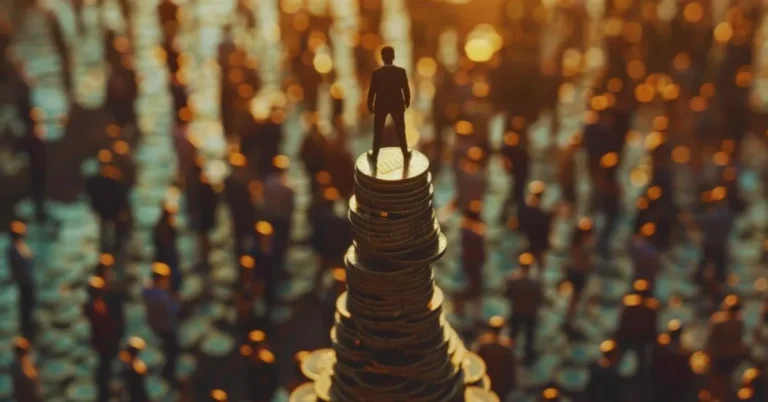Discovering Sodziu: The Hidden Heart of Lithuanian Village Life
Introduction
Imagine stepping off the paved road into a world of wooden homes, rye fields waving in the breeze, and a community rooted in land and tradition. That world is embodied by Sodziu — a term that may translate simply as “village” or “rural homestead” in Lithuania, yet holds vastly deeper meaning. In this article, I’ll take you through not only what Sodziu means, but why it matters: how it shapes identity, preserves community and cultural ties, and continues to evolve in our changing world. Consider this a friendly guide to understanding the soul of Lithuania’s countryside.
What Sodziu Really Means
The word and its roots
In Lithuanian, Sodziu (in singular form sodžius) refers to a small village or homestead. But if we go deeper, it stands for far more than a place—it stands for a way of life. Fields tilled by generations, houses built from local timber, festivals that mark seasonal rhythms: Sodziu is all of this.
The term springs from agrarian roots, reflecting families who worked the land, grew crops, tended livestock, and lived intimately with nature.
Why the concept goes beyond “village”
Calling it simply a “village” undersells the richness. A Sodziu isn’t just a settlement—it’s a community, a tradition, a heritage. It embraces relationships among the people, the land, the seasons, the rituals. When you hear someone say, “I’m going back to the sodžius,” you sense a return to roots—not just geography. Many Lithuanians hold an emotional bond to “their sodžius,” even if they now live in a city.
Sodziu in Lithuanian Context: Landscape, Village & Homestead
Landscape and setting
Picture rolling meadows, forest edges, wooden cottages with their roofs weathered by decades, gardens bursting with vegetables and herbs. In that setting you find the typical sodžius. According to sources, these rural homesteads reflect Lithuania’s deep-rooted connection to land and nature.
If you walk through one, you might hear the rhythm of seasons: spring planting, summer growth, autumn harvest, winter quiet. The landscape is both backdrop and actor in daily life.
Village structure and community ties
In a sodžius, homes and farms are clustered close enough to foster neighborly interaction. Families often cooperate on harvests, festivals, or building tasks. The communal spirit is strong.
Because of this, the sodžius serves as both personal space and communal hub. It’s a place where the identity of “we” matters as much as the identity of “me”.
Cultural Significance of Sodziu in Lithuanian Heritage
A vessel for traditions
From folk songs to harvest rituals, from wooden carvings to embroidered linens, sodžius encompasses the cultural fabric of rural Lithuania. The homes and landscapes become living museums of heritage. At midsummer festivals like Joninės, or the pre-Lenten carnival Užgavėnės, many of these customs are still practiced in villages with the sodžius spirit intact.
Identity, belonging and continuity
For many Lithuanians, growing up in—or having family roots in—a sodžius means carrying a piece of collective memory. The value of roots, of land, of connection across generations becomes palpable. This is why sodžius is more than living space—it is belonging. The sense of being part of something bigger than yourself, of linking to ancestors and future generations.
Sodziu also acts as a boundary line between urbanization and rural continuity: a place that preserves cultural memory even as the world around it changes.
Traditional Lifestyle and Sodziu Architecture
Everyday life and agriculture
In the heart of a sodžius, life often follows the land’s rhythm: tending gardens, raising livestock, baking bread, harvesting crops, weaving textiles. These tasks are practical, but also social and cultural. They bind generations.
For example: older family members teaching younger ones how to press apples for cider, or how to gather forest herbs for tea. These aren’t just chores—they’re ways heritage is passed on.
Architectural features and design
Sodziu architecture is unmistakably rural, rooted in local materials and climate. You’ll often see wooden houses, thatched or tin roofs, carved window frames, picket fences, and separated barns and storage buildings.
The layout often supports both family life and communal interaction: homes oriented around a yard or garden, barns nearby, pathways linking neighbors.
The aesthetic is simple but meaningful: colours that complement nature, structures that respect practical needs (e.g., winter insulation, food storage), and craft details that reflect culture (wood carvings, folk motifs).
Folklore, Arts, and Generational Bonds in Sodziu Life
Storytelling and memory
In sodžius, storytelling is a living practice. Grandparents tell tales under linden trees; families gather around wood-stove warmth; local legends of forest spirits or harvest gods still swirl in the air. These narratives tie the present to the past. Through these stories, children learn not just about folklore, but about values, land, respect, community.
Crafts and visual arts
Handicrafts thrive in sodžius culture: weaving, pottery, wood-carving, embroidery. Each piece reflects not just skill, but heritage. Folk motifs—trees of life, sun symbols, haystack forms—carry meaning. Visual artists, too, draw inspiration: the light on haystacks at dusk, the simplicity of farm life, the contrast of seasons. Photography, painting, digital media now capture and share these scenes, bringing rural life to wider audiences.
Modern Revival: Tourism, Eco-Living & Creative Projects
Rural tourism and staying in sodžius
In recent years, many traditional homesteads have opened their doors to visitors seeking authentic experiences: staying on a working farm, helping with chores, experiencing local food and craft. This rural tourism helps revitalize villages, generate income, and maintain heritage.
For example: a guest may wake early, gather eggs, help bake rye bread, join a folk craft workshop in the evening—immersive, intentional.
Eco-living and sustainability
Interestingly, the sodžius concept aligns well with modern sustainability: small-scale agriculture, local resources, nature-based living, self-sufficiency. Some homesteads now integrate solar panels, organic farming, rainwater harvesting—all while preserving traditional architecture and practices.
This blending of tradition and innovation shows that sodžius isn’t stuck in the past—it can evolve without losing its soul.
Creative projects and digital presence
Young creators, bloggers and digital storytellers are bringing the sodžius world online. Virtual tours, social-media posts about rural craft, videos of forest foraging and bread-baking—all widen the audience and help preserve the heritage. These platforms also help local artisans reach global markets—selling hand-woven textiles, carved wood, herbal products—making heritage economically viable.
Sodziu in Literature, Art & Digital Storytelling
Cultural inspirations
Sodziu has long been muse to poets, painters, photographers and filmmakers. Rural landscapes, homestead interiors, folk rituals—these are recurring themes in Lithuanian art. They carry metaphorical weight: the enduring land, the rooted people, the cycles of life and change. In literature, sodžius can symbolize nostalgia, heritage, or resistance to modern chaos.
Digital storytelling and global reach
Digital platforms now allow sodžius culture to reach beyond Lithuanian borders. You’ll find YouTube “day in the life” videos of living in a homestead, Instagram accounts showcasing seasonal crafts, and virtual tours of village lanes and wooden barns.
This tech-enabled storytelling creates new interest, new audiences and helps keep the traditions alive—even if families move away or children live abroad.
The Emotional Connection Lithuanians Have with Sodziu
Nostalgia, identity and home
For many Lithuanians, the word sodžius evokes childhood memories—long summer evenings, helping in the garden, the scent of freshly baked bread, conversations under the stars. It’s more than a location—it’s emotional landscape.
Even those living abroad may recall “home” as the homestead of their grandparents, not just a city apartment.
Resilience, tradition and belonging
Sodziu stands as a symbol of resilience: families maintaining practices through wars, occupation, migration, urbanization. Its continued existence is witness to adaptation and survival.
Belonging comes from more than blood—it comes from participating in rituals, preserving heritage, and contributing to the community. Sodziu fosters that belonging.
Preservation Efforts: Sustainability & Community Heritage
Why preservation matters
As rural populations shrink and young people migrate to cities, many sodžiai face decline. Traditional houses fall into disrepair, crafts are forgotten, agricultural lands shrink. Institutions and communities recognize this as a cultural loss.
Preserving sodžius means preserving identity, heritage, living culture—not just buildings.
How communities are acting
Efforts include:
- Grants or subsidies for restoring traditional wooden houses and thatched roofs
- Workshops teaching weaving, carving, traditional baking
- Eco-tourism projects that bring visitors and income
- Educational programs that bring children to the countryside to learn ancestral skills
These activities help keep heritage alive and economically sustainable.
Challenges and future directions
Of course, there are hurdles: balancing tourist influx with authenticity; modernizing utilities while preserving character; motivating younger generations to stay or return; avoiding commodification of culture. The future of sodžius depends on respectful adaptation, community agency, and viable livelihoods.
Conclusion:
Exploring sodžius is like opening a window into Lithuania’s heart: a place where land, people, tradition and future converge. Through wooden houses, rye fields, shared rituals and intergenerational ties, we find a model of living that champions community, sustainability and belonging. Whether you’re planning a visit, interested in cultural heritage or simply curious about slower living, the sodžius offers inspiration and depth. The best part is: you don’t need to abandon modern life to engage with it—you just need a willingness to connect. So go ahead, dive in, explore—your journey into Lithuania’s countryside begins now. You’ve got this
FAQ:
Q1: What exactly is a sodžius?
A sodžius is a traditional Lithuanian rural homestead or small village where community, agriculture and heritage combine. It’s not just a place—it’s a lifestyle.
Q2: Can I visit a sodžius as a tourist?
Yes, many villages and homesteads now offer stays, craft workshops, farm-to-table experiences and guided tours. These provide an authentic window into rural life.
Q3: Are sodžius disappearing due to modernization?
Some definitely face decline. But many communities are reviving their heritage, using sustainable living practices, eco-tourism and digital storytelling to keep the sodžius alive.
Q4: What makes sodžius different from any village?
Unlike a generic village, a sodžius emphasizes connection to land, heritage, crafts, seasonal rhythm, and community ties. It’s deeply interwoven with cultural identity.
Q5: How can younger generations engage with sodžius culture?
They can join heritage projects, take part in craft workshops, document traditions digitally, start sustainable farms, or simply visit and learn from older generations. The key is bridging tradition with modern life.

